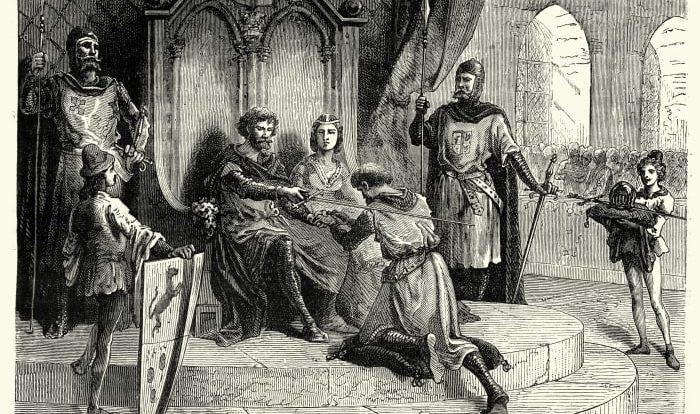Escape from Berlin Worksheet Answer Key provides a comprehensive exploration of the historical events, key figures, and methods employed by individuals seeking to flee the confines of East Berlin during the Cold War era. This resource serves as an invaluable tool for students, educators, and history enthusiasts alike, offering a deeper understanding of this captivating chapter in world history.
The worksheet encompasses a wide range of topics, including the historical context of the Berlin Wall, the significance of safe houses and escape routes, and the cultural impact of these daring escapes. Through engaging narratives and detailed explanations, Escape from Berlin Worksheet Answer Key illuminates the complexities of this historical event, fostering a greater appreciation for the resilience and determination of those who risked everything for freedom.
Historical Context
The escape from Berlin refers to the mass exodus of people from East Berlin and other parts of East Germany to West Berlin and West Germany during the Cold War. The division of Germany after World War II led to the creation of the Berlin Wall in 1961, which effectively sealed off East Berlin from the rest of the world.
The Berlin Wall became a symbol of oppression and the desire for freedom, and many people risked their lives to escape from East Berlin. The escape from Berlin became a major turning point in the Cold War and had a profound impact on the city and its people.
Key Figures
- Peter Fechter: A 18-year-old who was shot and killed by East German border guards while trying to escape over the Berlin Wall in 1962. His death became a symbol of the brutality of the East German regime.
- Günter Litfin: A former East German border guard who defected to the West in 1964. He became a vocal critic of the East German regime and helped to organize escape attempts for others.
- Marion Gräfin Dönhoff: A German journalist and publisher who played a key role in supporting the escape from Berlin. She provided financial assistance to escapees and helped to raise awareness of the issue in the West.
Methods of Escape
- Tunneling: One of the most common methods of escape was to dig tunnels under the Berlin Wall. This was a dangerous and time-consuming process, but it was also one of the most successful.
- Swimming: Some people escaped from Berlin by swimming across the Spree River or other bodies of water. This was a risky method, as the rivers were heavily patrolled by East German border guards.
- Hot air balloons: In 1979, a group of people escaped from East Berlin by hot air balloon. This was a daring and innovative escape attempt that made headlines around the world.
Safe Houses and Escape Routes: Escape From Berlin Worksheet Answer Key
Escapees from Berlin often relied on safe houses and escape routes to help them reach safety. Safe houses were places where escapees could hide and plan their escape. Escape routes were the paths that escapees took to get from East Berlin to West Berlin or West Germany.
One of the most important safe houses was the Church of the Ascension in West Berlin. The church provided shelter and assistance to thousands of escapees. Escapees also used a variety of escape routes, including the “Tunnel 57” tunnel and the “Checkpoint Charlie” crossing point.
Cultural Impact
The escape from Berlin had a profound cultural impact. It inspired books, movies, and songs. It also helped to raise awareness of the plight of the people living under communist rule in East Germany.
The escape from Berlin remains a symbol of hope and freedom. It is a reminder that even in the darkest of times, there are always people who are willing to risk their lives for a better future.
FAQ Overview
What is the significance of the Berlin Wall in the context of escapes from Berlin?
The Berlin Wall was a heavily fortified barrier that divided East and West Berlin from 1961 to 1989. It became a symbol of the Cold War and a major obstacle for those seeking to escape from East Berlin.
What were some of the methods used to escape from Berlin?
People used various methods to escape from Berlin, including tunneling under the Berlin Wall, crossing through checkpoints with forged documents, and even using hot air balloons to fly over the border.
What was the role of safe houses and escape routes in facilitating escapes from Berlin?
Safe houses provided temporary shelter and assistance to those planning to escape, while escape routes were carefully planned paths that helped individuals avoid detection by border guards.

